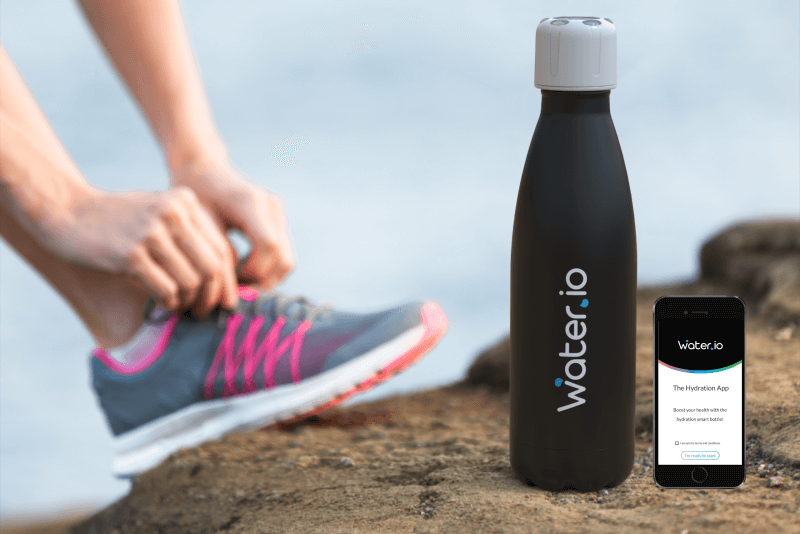Before we can deep dive into some of the most innovative technology of 2021, we have to take a close look at the Internet of Things to fully appreciate the endless opportunities of the future. IoT as it is often referred to as is the simple science of connecting things together via shared networks that otherwise might not have been considered a computer. For example, integrating a thermostat with your mobile phone or Alexa device with other appliances and computers in your home.
From connected water bottles to smartwatches and doorbells, the integration of mini-computer processors and sensors in everyday devices opens up the door for innovation among crafty manufacturers. There is no limit to what products can become a part of IoT as the aerial of super-cheap computer chips and wide adoption of wireless networks makes it easy to turn everything into an IoT component.
Dominant IoT Markets
While IoT is slowly becoming adopted across dozens of markets, especially since COVID has accelerated the widespread adoption of no-touch solutions, there are a few areas where IoT devices are becoming dominant technologies. In 2019 the IoT market was valued at $193.60B, if it remains on its trajectory it is estimated to be worth as much as $13 trillion by 2025 which makes this is a great time for savvy manufacturers and companies to look twice at smart packaging.
Home Automation
Home automation is one area where IoT has been growing at unprecedented rates because the lure of smart AI within our homes is hard to resist. Devices such as the Google Nest, Amazon Alexa, and Apple HomePod can now integrate with a number of appliances, security, environmental controls, and lighting to create a home experience that can be delivered via mobile phone apps or even voice commands. Want to lower the spin cycle on your washer? There’s an app for that. Want to lower the temperature of your home while you are at work? Simply tell Siri via your Apple Watch and consider the task done.
Wearables
Speaking of Apple Watch, the other IoT market that has exploded lately is wearables. At first, wearables were meant to deliver health and fitness data, but the market space has exploded as the wearable devices can now act as mini-mobile phones that are attached to your wrist. Wearables can even interact with smart packaging to tell you to take another sip of water to keep your health goals on track or remind you that you haven’t taken your pills yet.
What is Personal IoT Devices?
Personal IoT devices fall into the same category as above but work independently of other devices. For example, home automation usually requires a smart hub to relay information. For instance, your smart washer will only work if you own an Amazon Alexa that you can give commands to. You can’t speak directly to the washer. Personal IoT devices bypass a mid-point and work independently.
Voice Controller
Often referred to as voice control or voice assistance, a voice controller is a user interface that allows a digital device to be used hands-free without an internet connection. A common example is the digital interface within a car that can be controlled via voice controls without an internet connection.
Replenishment Services
Replenishment services refer to systems like Amazon Dash. This simple device allows a user to press the button when they need to restock an assigned good such as soft drinks, medicine, or groceries and a replenishment order will automatically be processed and sent. Smart packaging takes this idea to the next level allowing consumers to purchase goods that are placed in a smart bottle that will automatically order more once the bottle reaches a designated low level.
Doorbell Cams
Doorbell cams like the Ring recognize the next step in IoT technology by placing home security in homeowner’s hands. These smart football cams allow homeowners to answer their door remotely and record all movement within the camera view to further enhance home safety.
The Future of IoT
Most people don’t realize just how intertwined their lives have become with IoT because they take for granted the little tasks they complete daily that are fueled by innovative technology or smart packaging. From an alert on your wrist that someone is at the front door to an alert that you need to drink more water to meet your daily goals, smart packaging and IoT is ubiquitous with daily life and here to stay. Smart manufacturing companies would do well to recognize this fact and strategize about how to positively incorporate smart packaging and IoT to improve the attractiveness of their products.





